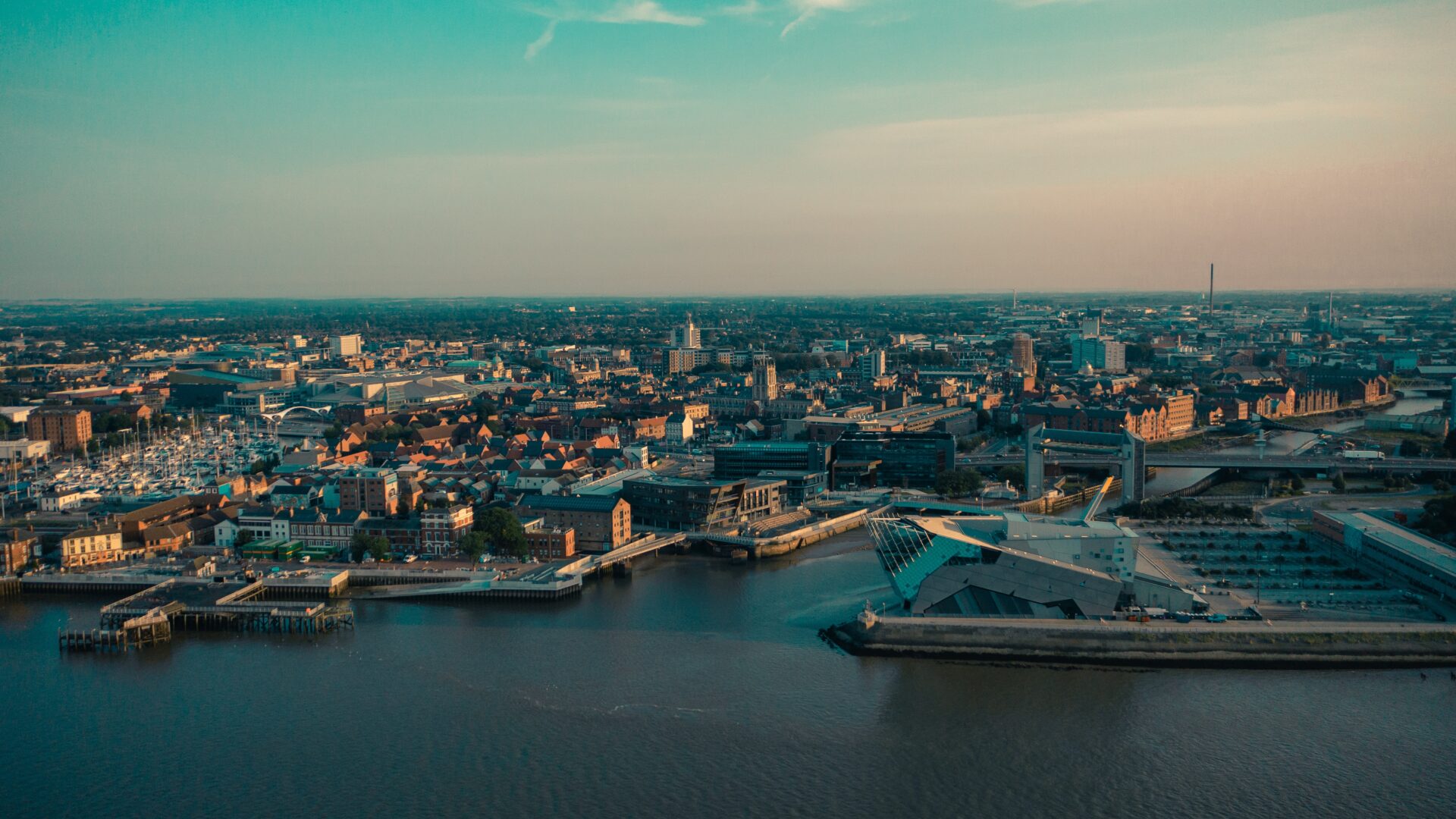Local Green Spaces case study: Kingston upon Hull

The city of Hull has plentiful green space, but is one of the few cities without a single Local Green Space designation, which makes them vulnerable to development.
Hull is the second largest city (after Leicester) in England without a designated Green Belt around it. But with over 100 parks, 26 conservation areas, two registered parks and many other open spaces, residents in Hull are spoiled for choice when it comes to greenery. In fact, green spaces are celebrated by locals; they are home to community activities, children’s sports, wildlife education centres, and more.
The importance of green spaces is becoming increasingly more apparent in the wake of the pandemic, especially for deprived communities. In a 2022 council poll, parks and green spaces were recognised as one of the most important elements in making a place good to live in by deprived young families in council housing. Young people and residents from Black, Asian, and Minority Ethnic (BAME) backgrounds in Hull have been particularly interested in growing food in local green spaces as a means to tackle food poverty during a cost-of-living-crisis. In this sense, green spaces are not only vibrant hubs for recreational purposes, but also serve as a potential solution to pressing
challenges amid difficult economic times.
Plentiful green space, zero designations
For decades, Hull city council has understood the inherent value of a flourishing, green environment. Back in 2000, the local plan identified 376 areas of urban greenspace, and recognised their significance and positive impact on local communities. The plan laid out policies to preserve green spaces through designations such as Local Nature Reserves, Local Wildlife Sites and Open Spaces that gave these areas a certain level of the protection against development.
However, the local authority has not taken advantage of newer and stronger forms of protection for green spaces. Indeed, Hull’s most recent local plan has not introduced Local Green Spaces (LGS) as a new designation that offers these valued green areas protection akin to that of Green Belt land. This makes Hull one of the very few local authorities across the country with no LGS designations. Considering that most of Hull’s unbuilt land is categorised as urban greenspace, it is therefore more vulnerable to increasing pressures for development.
The importance of planning engagement
A survey focusing on the local plan revealed that, when asked about new schemes – whether they are car parks, new housing, or commercial developments – most people stated that protecting and maintaining green spaces should be prioritised. When asked what they would like to have a say on in terms of influencing local decision-making, one in three people said green spaces and parks . At the same time, 57% of people admitted that they had never heard of the Hull Local Plan. The fact that local people do not seem to be actively participating in the planning process of their localities suggests that they have limited control over their environment, and consequently their livelihoods.
Whilst it is evident that local people in Hull cherish their green spaces, there is a clear disconnect between community sentiment and active participation in their protection. Encouraging civic awareness and emphasising the need for LGS designations ahead of the upcoming review of the local plan will prevent green spaces from falling victim to growing plans for development in Hull.
Read the full report
This case study is part of our 2023 Local Green Spaces report. View the full report by clicking the link below.



